databasedev.co.uk - database solutions and downloads for microsoft access
Microsoft Access Articles
- General Microsoft Access Articles
- Microsoft Access 2007 Articles
- Tables
- Queries
- SQL
- Forms
- Reports
- Macros
- Modules & VBA
- Data Models
- Downloads
GUI Design
Resources
Online Shop
Info
Microsoft Access User Interface Sample
In-House Inventory Tracking
- Tim Ryder - In-House Inventory
- Date of application: 12 Sept 2008
- Tools Used to create the interface: Microsoft Access 2007, Photoshop CS3, Visual Basic
- Target Market/Client: In-House inventory use. Designed to manage the components of machines and also machines themselves produced by my company.
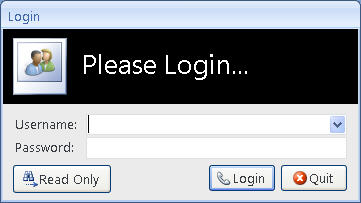
Figure 1. Shown above is the Login Screen which is set to show first
when opening the database. The user is allowed to select his/her name
from the Combo Box and enter in the correct password in a masked field.
Or if the user is only interested in retrieving information and not
altering it, he/she can press the “Read Only” button which will grant
him Viewing access to the database. After clicking the Login button
successfully, this event will check the username against the password
and setup the privileges that have been given to the user and alter
the environment accordingly.
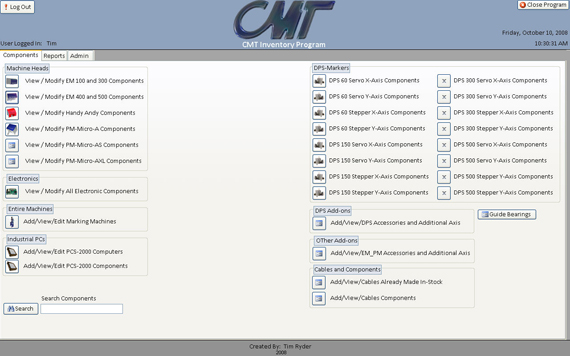
Figure 2. Shown above is the “Main Screen” form which acts like a
Switch Board giving you access to all of the other forms and reports
available in the Database. There are 3 tabs currently at the top of
the Middle section. The Last Tab Called “Admin” is only shown when
the user Logged in has been granted administration rights to the Database.
Located at the bottom left of this screen is a search Control which
will search the entire database for the criteria entered in the unbound
text box. Pressing “Search” will open up a form containing a subform
whose data has been filtered using the criteria in the Text Box through
a query.
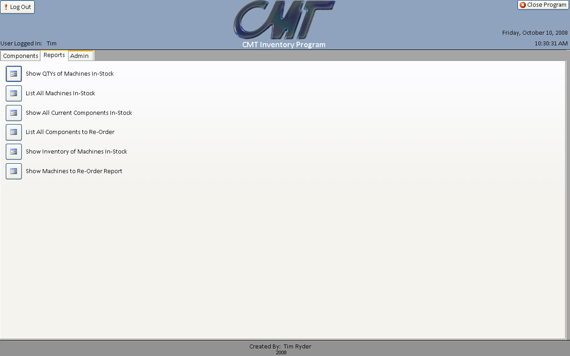
Figure 3. 2nd Tab called Reports. Very simple screen with Command
Buttons allowing you to open up forms containing results from a query.
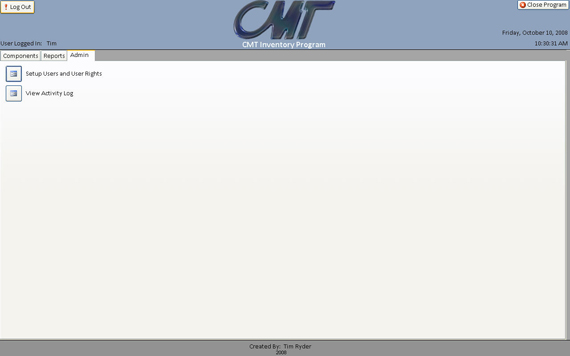
Figure 4. 3rd Tab called “Admin” containing controls which will allow
you to view an activity log as well as a form for setting up users
and modifying their rights and privileges.
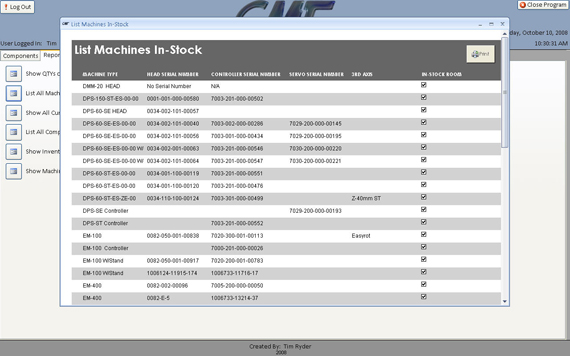
Figure 5. Here is one of the Forms under the “Reports” Tab which displays
a list of all of the machine currently located in the stock room.
Shown here is a report whose data has been filtered through a query.
The requirement is that the record MUST have a “True” set in the “In-Stock”
field as seen here.
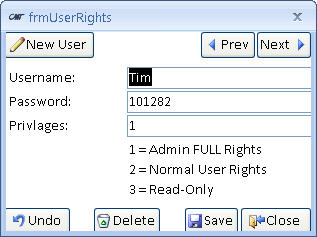
Figure 6. This is the form found under the Admin Tab where you can
Create/Edit/Delete users as well as change their privileges.
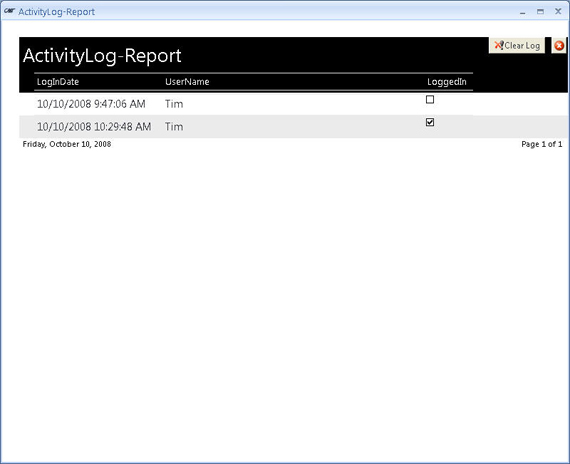
Figure 7. This the form which open when an Administrator presses the
“Activity Log” button. There are 2 identical records showing. The
first line shows that the user logged in and when the user logs out
the program will create a second line whose checkbox will Un-Checked
indicating a successful Log-Out.
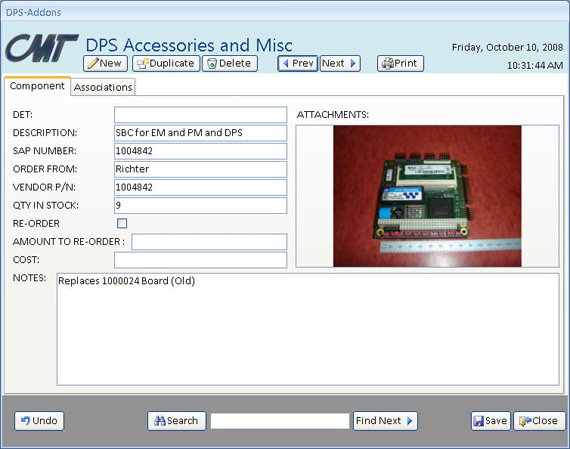
Figure 8. Here is an example of one of the forms used to display a
Record in the Database. Each of the buttons on the Main Screen will
open one of these forms and the records are filtered through a query
to only display the components which are associated to the type of
machine whose button you clicked.